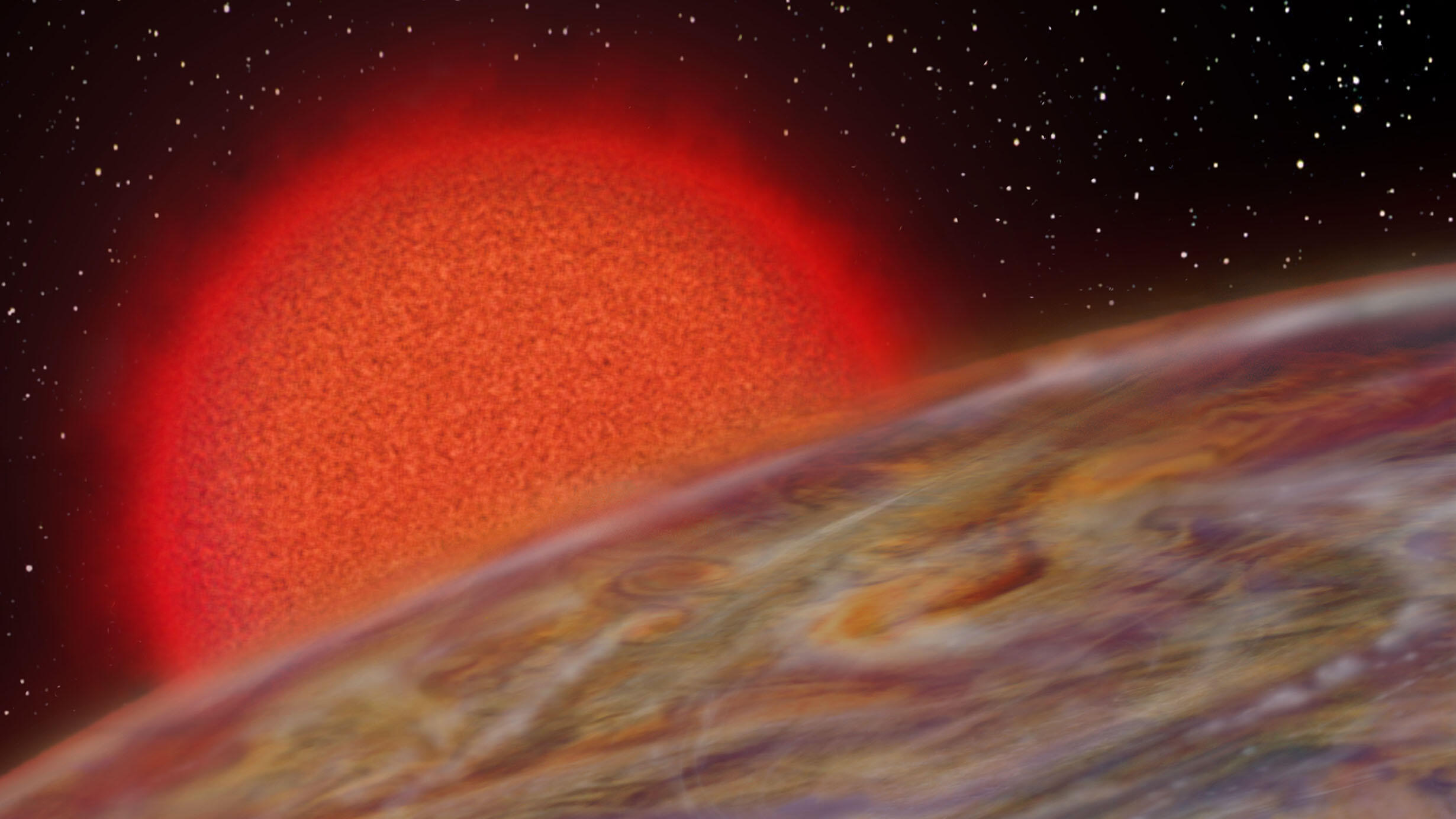Museum Astronomers Present New Findings About Distant Worlds
 © Karen Teramura, UH IfA
© Karen Teramura, UH IfA Two astrophysicists from the American Museum of Natural History have been chosen to present their findings during the American Astronomical Society’s 239th Meeting press conference, which is being held virtually this week.
Samuel Grunblatt, a Kalbfleisch postdoctoral fellow in the Museum’s Department of Astrophysics, will detail the discovery of three new planets in their final stages of life; and Johanna Vos, a postdoctoral fellow in the Museum’s Department of Astrophysics, will discuss the stormy, turbulent nature of young distant worlds called brown dwarfs. Both Grunblatt and Vos will present between 12:15–1:15 pm Eastern Standard Time on Thursday, January 13. Their talks will be archived on the AAS Press Office YouTube Channel.
New planets found on the edge of destruction
Using NASA’s TESS telescope along with telescopes in Hawaii, Chile, and the Canary Islands, an international team of researchers led by Grunblatt have confirmed the existence of three new planets on orbits less than a tenth the distance between Earth and the Sun around subgiant and red giant stars.
These planets, which are similar in mass and size to Jupiter, are falling in toward their host stars as the stars evolve and grow in size. One of the planets, named TOI-2337b, is expected to be swallowed by its host star in about 1 million years, faster than any other planet known to date. Another, TOI-4329b, will be a valuable target for the new James Webb Space Telescope (JWST), launched in December 2021. Observations with JWST could detect evidence for water and/or carbon dioxide in the planet’s atmosphere, providing insight into where the planet may have originally formed. The three newly identified planets have a wide range of densities (from styrofoam-like to almost three times denser than water), which means they may have more unusual atmospheres than previously thought.
“It is expected that researchers using the TESS telescope will find tens to hundreds more of these evolved planetary systems, providing a new understanding of how long a solar system such as our own can survive in its current, stable state, and what it might look like 5 billion years from now,” Grunblatt said. The study has been accepted for publication in the Astronomical Journal.
Searching for stormy skies in distant worlds Vos and her colleagues used the Spitzer Space Telescope to spot clouds on celestial objects called brown dwarfs, which are more massive than planets but lighter than stars. In particular, Vos studies the lowest-mass brown dwarfs because they can be used as analogs for exoplanets: they have similar properties but are much easier to observe since they are not orbiting a bright host star.
The researchers used a technique called variability monitoring to look for cloud patterns in the atmospheres of a sample of young giant planet analogs. Variability monitoring—measuring brightness as the planet rotates—is sensitive to large atmospheric features as they go in and out of view. They compared their findings to previously collected data from older and higher-mass brown dwarfs and found some differences: young brown dwarfs are more likely to be variable than their old brown dwarf counterparts; and brightness fluctuations can be larger than the older brown dwarfs as well.
“Overall, it seems like the weather on these young worlds is more dramatic,” Vos said. “These results are very encouraging for future searches for cloud-driven variability in directly-imaged exoplanets that orbit stars, which will finally become possible with the James Webb Space Telescope.”
This study will be published in The Astrophysical Journal on January 13.